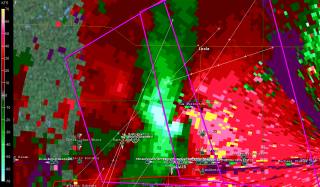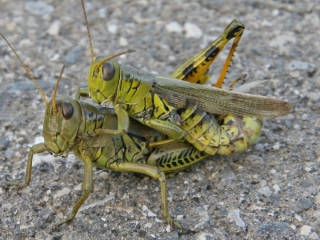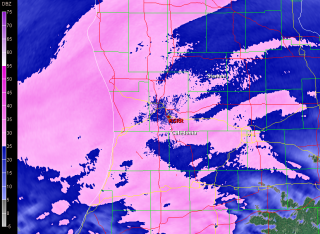no images were found
A beautiful day and a warmer day. A day too nice to ignore. That’s what today has been, and the beginning of a warming trend, to boot. The snow has been melting on the balcony, and beneath the slanting, southerly light of a cloudless January sky, the birds were going absolutely nuts at the feeders earlier.“Let’s take a drive,” I said to Lisa. She has been in the middle of a massive crocheting project, I’ve been sequestered inside my own head with various writing projects and
no images were found
weatherly explorations, and it seemed to me that it would do us both good to pull away for a little while and enjoy the remnant of the day.So off we went with our cameras to Gun Lake fifteen miles to our south in northern Barry County to watch the sun set. I thought I’d share three of the photos I took there in the state park. Click on them to enlarge them.
The deer was one of three yearlings that were hanging out next to the park drive. They were preoccupied with foraging and appeared completely unconcerned about the tan Buick Century that had pulled up alongside them, or the human on the other side of the driver’s-side window who was busily snapping pictures.
no images were found
The bright orange blob is a parasail, and the guy to its left had just finished with an hour or so of snowboarding out on the frozen lake. As for the sunset, that’s self-explanatory. The one thing unique about it is the vantage point out on the Gun Lake ice, a perspective unavailable to me during the warm season.With nothing bursting at the seams for me to write about either musically or weatherwise, I figured the photos would offer a pleasant diversion. A little splash of color to brighten a mid-winter day never hurts, right?





